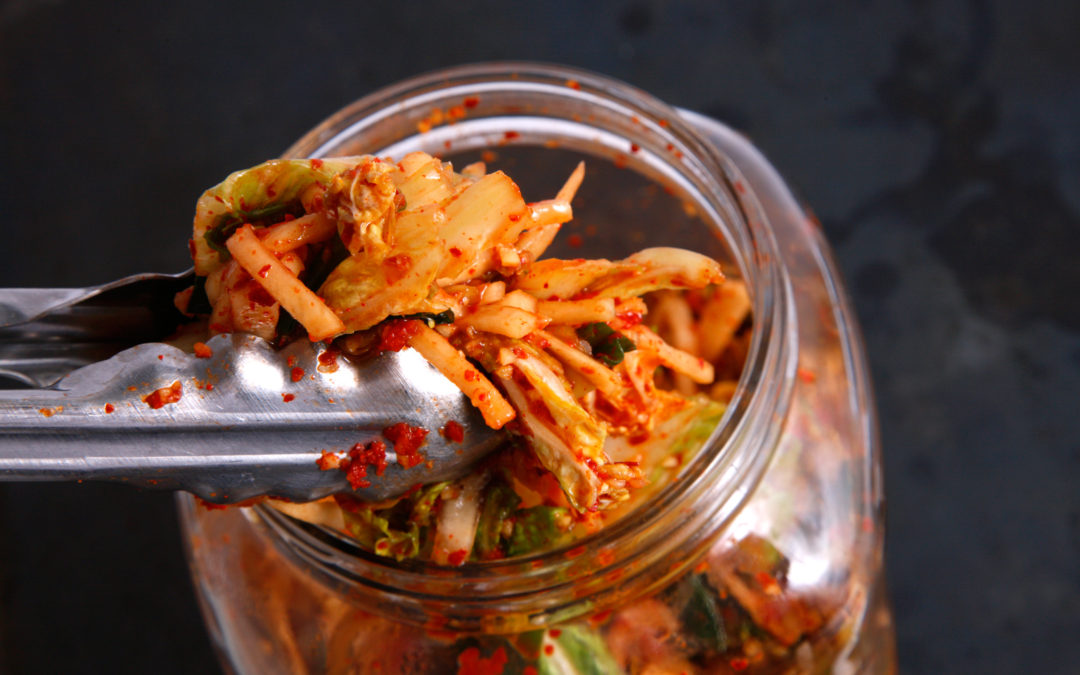I have only been eating Korean food as recently as eight years ago. As a Korean American adoptee, I did not have the chance to experience the cuisine from the country of my birth. I am excited to share what I have learned..
During the course of my research, I discovered a few interesting facts.
Because Korea is surrounded by the sea on three sides, it makes sense that the diet is rich in seafood. One of the types of seafood I have observed is octopus. I have seen it served in soup, stir fry, and stews. Another ingredient from the sea are oysters. Some Korean women are renowned oyster divers as they gather oysters for meal preparation and also for the pearls. Another food which is common is eel. This is served grilled. Personally, I have not tried this, but I plan to sample it from someone else’s plate.
Fresh fruits and vegetables are plentiful typically year round, some are home grown, and some are collected in the wild. They can be boiled, eaten raw, dried and re-hydrated for stir fry. This leads me to a popular side dish that is typically eaten three times a day. The dish is Kimchi.
Kimchi is something you will find in my fridge at home. My partner in life has really enjoyed making it. He usually makes it with Napa cabbage, and or Daikon radish. It is seasoned with red pepper flakes, garlic, and ginger. He often adds carrots, green onions, or leeks. Since he makes this in bulk, we have a very large glass jar to allow the Kimchi to ferment. Something to remember is this: Never ever let Kimchi ferment in a glass jar with the lid on it, a loose piece of aluminum foil will suffice. A friend of mine found out the hard way that Kimchi while fermenting will blow out the bottom of a glass jar. I cannot imagine the mess, not to mention, another trip to the grocery store.
Side note: Kimchi is an excellent source of probiotics, vitamins A and C, iron, potassium, and calcium (Calcium if anchovies are included in the kimchi). I personally do not care for most fish or seafood, so we leave this out.
Then there are the traditional rice and noodles. My personal favorite is Glass Noodles, which is the mainstay of JapChae. The noodles are very good and are made from sweet potatoes.
Most sources of protein are plant and animal based. Seafood, pork, beef, chicken, and pheasant, are commonly used. Beef is not as abundant in Korea as it is here; however, pork, pheasant, and chicken are more commonly used. The plant based proteins are often legumes.
Korean food is related with fresh ingredients and the use of yangnyeom which is a seasoning created using garlic, green onions, red pepper, and ginger. The use of medicinal herbs enhance flavor and increases the foods’ health benefits.
The use of animal fats traditionally were quite limited. Camellia, castor, sesame, and perilla oil are produced in Korea, only sesame and perilla oil are used for cooking
Fermentation is commonly used for food preservation which utilizes effective microorganisms against microbial spoilage. Research has shown that fermented foods such as Kimchi are not associated with high blood pressure, moreover, high potassium, intake assists in discharging salt out of the body, and as a result, reduces the risk of CVD (Coronary Vascular Disease).
For some excellent recipes I am sharing my favorite website for the preparation of Korean food.
Emily Kim is an excellent teacher and she shows you step by step on how to prepare Korean food. https://www.maangchi.com/
Please feel free peruse her videos at your leisure. I have found that her dishes are delicious
Start Learning More At:
- Korean diet: Characteristics and historical background by Soon HeeKim, Myung SunnyKim, Myoung SookLee, Yong SoonPark, Hae JeongLee, Soon-ahKang, Hyun SookLee, Kyung-EunLee, Hye JeongYang, Min JungKim, Young-EunLee, Dae YoungKwon for Science Direct
- Korean Food Nutritional Value by Maria Scinto for Our Everyday Life
- Korean Nutrition Facts on My Fitness Pal
Related Articles:
- My Heart Attack Experience by Nancy Cho-Auvil
- Recovery After My Heart Attack
- Nutrition, How Do I Help My Children With This?
- Pulmonary Rehabilitation: A Tool to Live Well with Respiratory Issues
- National Kidney Month 2020
 Nancy Cho-Auvil is the author of From the Heart column for Wellness Works NW. Nancy is also a contributing author of Mixed Korean: Our Stories. Native to the Pacific Northwest, Nancy lives in Cowlitz County with her life partner and their cat, Keekers. Nancy enjoys working out with Karen G Clemenson. She also enjoys knitting. Check out Nancy’s personal blog at CrazyCozyChick.Blogspot.com. You can also find Nancy on Facebook. Nancy is a mom, a grandmother and a heart attack survivor so we know what she writes comes straight From the Heart…
Nancy Cho-Auvil is the author of From the Heart column for Wellness Works NW. Nancy is also a contributing author of Mixed Korean: Our Stories. Native to the Pacific Northwest, Nancy lives in Cowlitz County with her life partner and their cat, Keekers. Nancy enjoys working out with Karen G Clemenson. She also enjoys knitting. Check out Nancy’s personal blog at CrazyCozyChick.Blogspot.com. You can also find Nancy on Facebook. Nancy is a mom, a grandmother and a heart attack survivor so we know what she writes comes straight From the Heart…













